Digital technology is increasingly being recognized as a powerful tool to support teachers in rural African classrooms. A good number of Edutech tools can help overcome the challenges of resource constraints, isolation, and lack of access to quality educational materials in rural African classrooms, thereby enhancing the quality of education and learning outcomes.
Here are a few ways in which educational technology can be leveraged to enhance teaching and learning:
Interactive Educational Television
This technology can help remote schools with situations where there are many students but no teachers, providing educational content and interactive learning experiences. For instance, Bino and Fino – This cartoon series is about a brother and sister duo named Bino and Fino who live with their family in Nigeria.
The channel reveals exciting adventures that help children discover and learn about Africa and the rest of the world. The content is wide-ranging so viewers can learn about things such as water creating electricity, the flags of some African countries, or even how important it is to eat healthy fruit.
Low-Cost E-Readers
Low-cost e-readers can distribute vast amounts of books in digital formats, promoting literacy and learning. For example, Worldreader is working with its partners to bring millions of books to underserved children and families in the developing world, increasing access to reading materials globally. They’ve reached 21 million people in more than 100 countries and demonstrated how digital technology can accelerate reading and incentivized digital Africa content availability for African students.
Mobile Phones and Devices
In remote communities, mobile phones can support teachers by providing access to educational resources and facilitating communication with peers. They can also be used to send short quizzes to students, helping them and their families monitor learning progress. For example, Chalkboard Education is a mobile learning platform that enables offline teacher training for educators in Ghana. It expands in-service and pre-service teacher training programs with universities and NGOs.
Low-Cost Video Projection
Video technology can support peer learning and teacher training, enabling the sharing of best practices and innovative teaching methods. For example, CyberSmart Africa provides effective and highly scalable low-cost video projection solutions for digital learning in sub-Saharan Africa. It uses uses the world’s first portable, solar-powered interactive whiteboard, curriculum-aligned learning content, and ongoing teacher training for schools without electricity.
Digital Learning Content
Schools need digital learning content to provide students in rural areas with access to a wide range of educational resources, including hardware like tablets and educational software for digital learning. Learners can use educational resources like Mwabu to improve student outcomes through African-centric digital content, cost-effective hardware, teacher training, and online/offline data capture and analytics. These solutions are purpose-built to support untrained teachers, large class sizes, and low resource settings.
Teacher Professional Development
Digital platforms are designed primarily for student learning, yet they can provide teachers with access to professional development resources, helping them to enhance teacher professional teaching skills and stay updated on the latest educational research and best practices. Distance education designers incorporating teacher needs can enhance teacher skills as it educates students. For instance, simulation and mixed reality programs bolster teachers’ instructional and classroom management skills before they arrive at their pre-service practicum or very first teaching assignment.
Virtual Teachers
Digital technologies can help alleviate the shortage of teachers by providing virtual teachers, enhancing the learning experience for students. For example, Eneza Education offers a virtual tutor called Shupavu291, which provides learning and revision materials via basic mobile phones, making summarized lessons in all subjects for 844 primary and secondary class levels widely accessible in regions with limited internet connectivity.
Assistive Technology for Education
Digital technologies can provide specialized tools for teaching students with disabilities, such as alternative keyboards, audio books, and optical character recognition. For example, the World Bank’s Disability-Inclusive Education in Africa Program and other efforts help to reduce barriers to children’s learning by identifying new approaches to how learners with disabilities can access information to develop their knowledge, confidence and diverse skills. African schools are progressively leveraging digital technologies such as e-learning technologies to support students with intellectual, hearing, and reading disabilities, as well as impaired sight, dyslexia and albinism.
Cloud-Enabled E-Learning Environments
Cloud-based e-Learning environments can provide learners and teachers with access to curriculum and content, overcoming isolation, enabling e-learning and integrating rural areas with the mainstream African educational community. It can bridge the digital divide, provide connectivity, and address issues of constrained economics, hardware deployment, dynamics of multi-hardware compatibility, and integration through inclusivity with rural communities.
Share this post
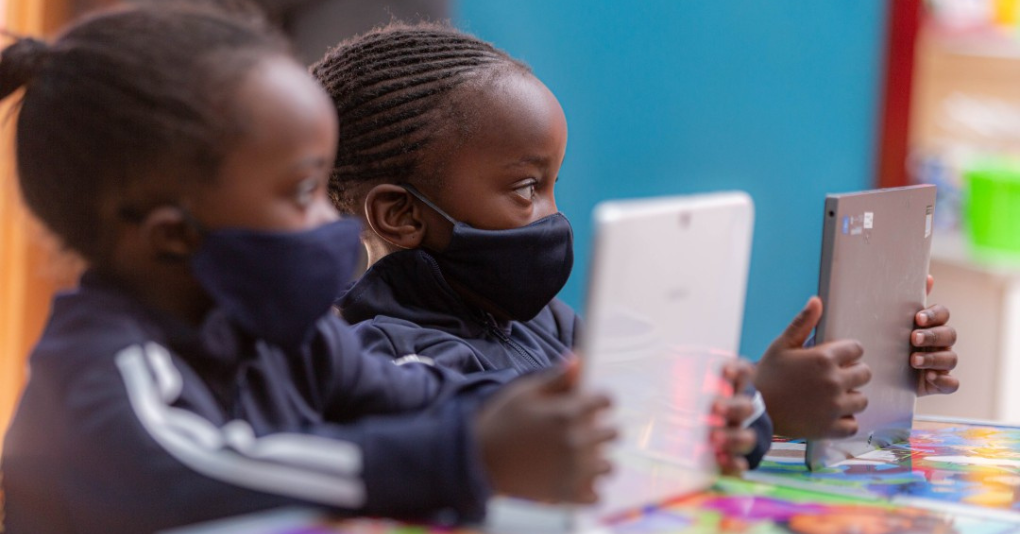
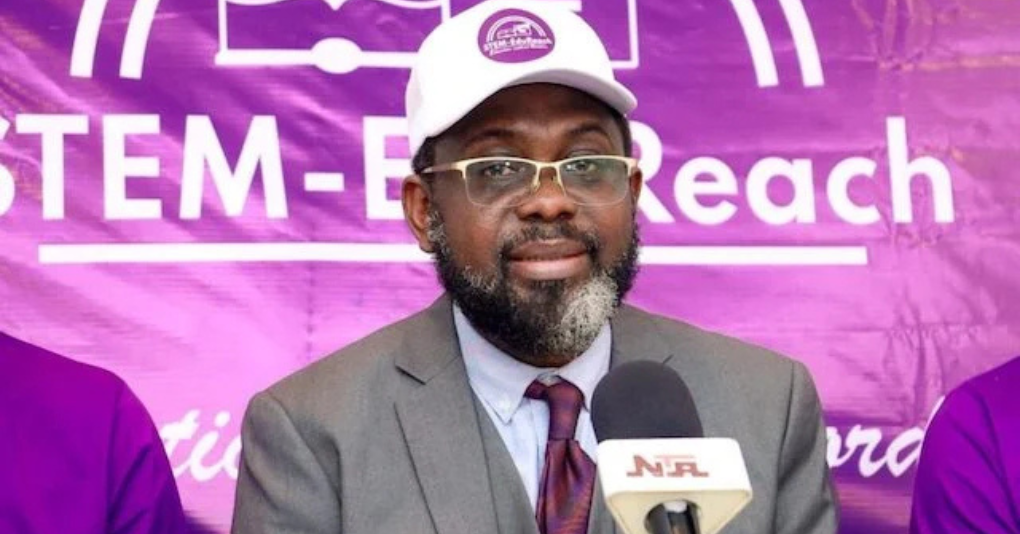
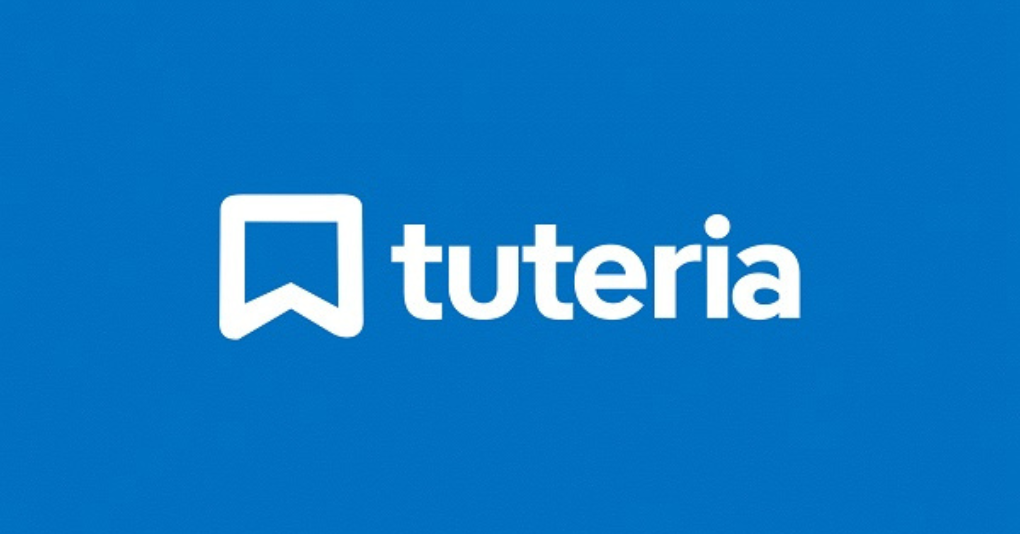
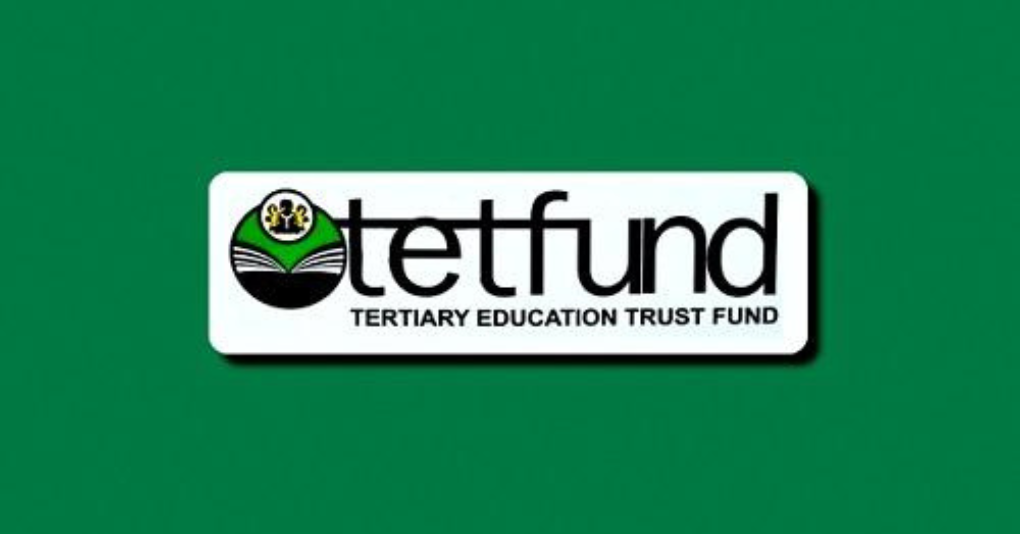
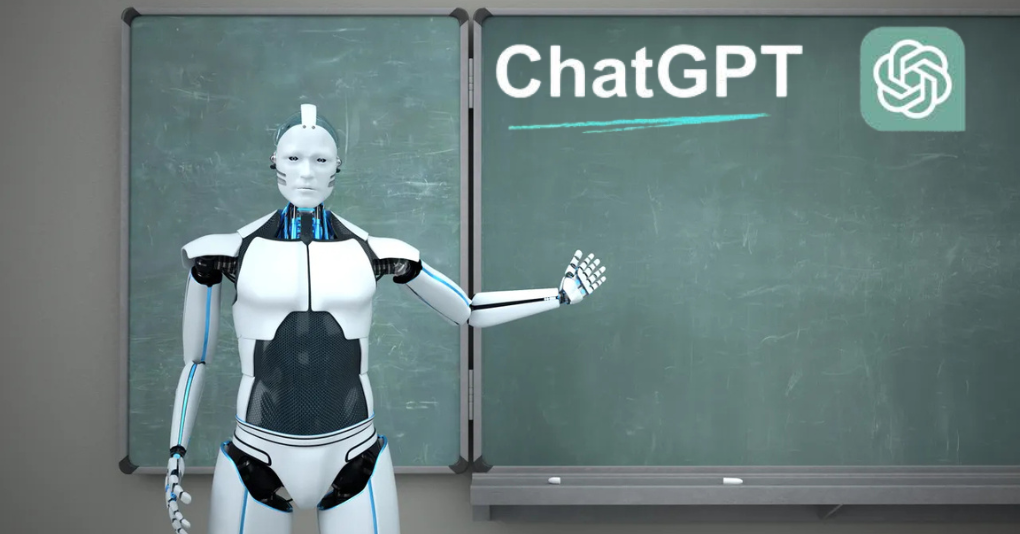
Be the first to comment on this post